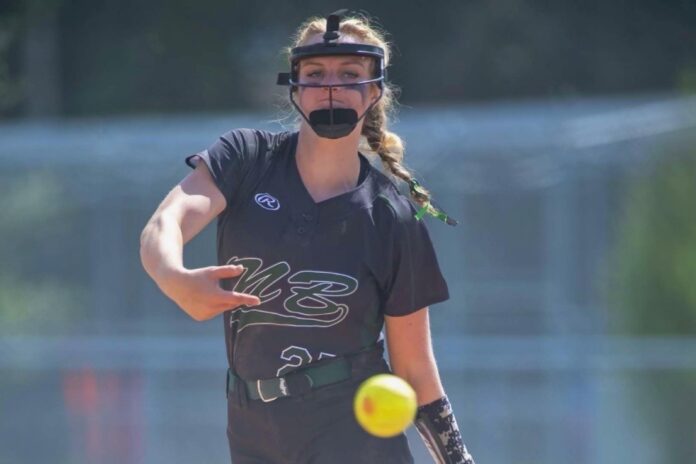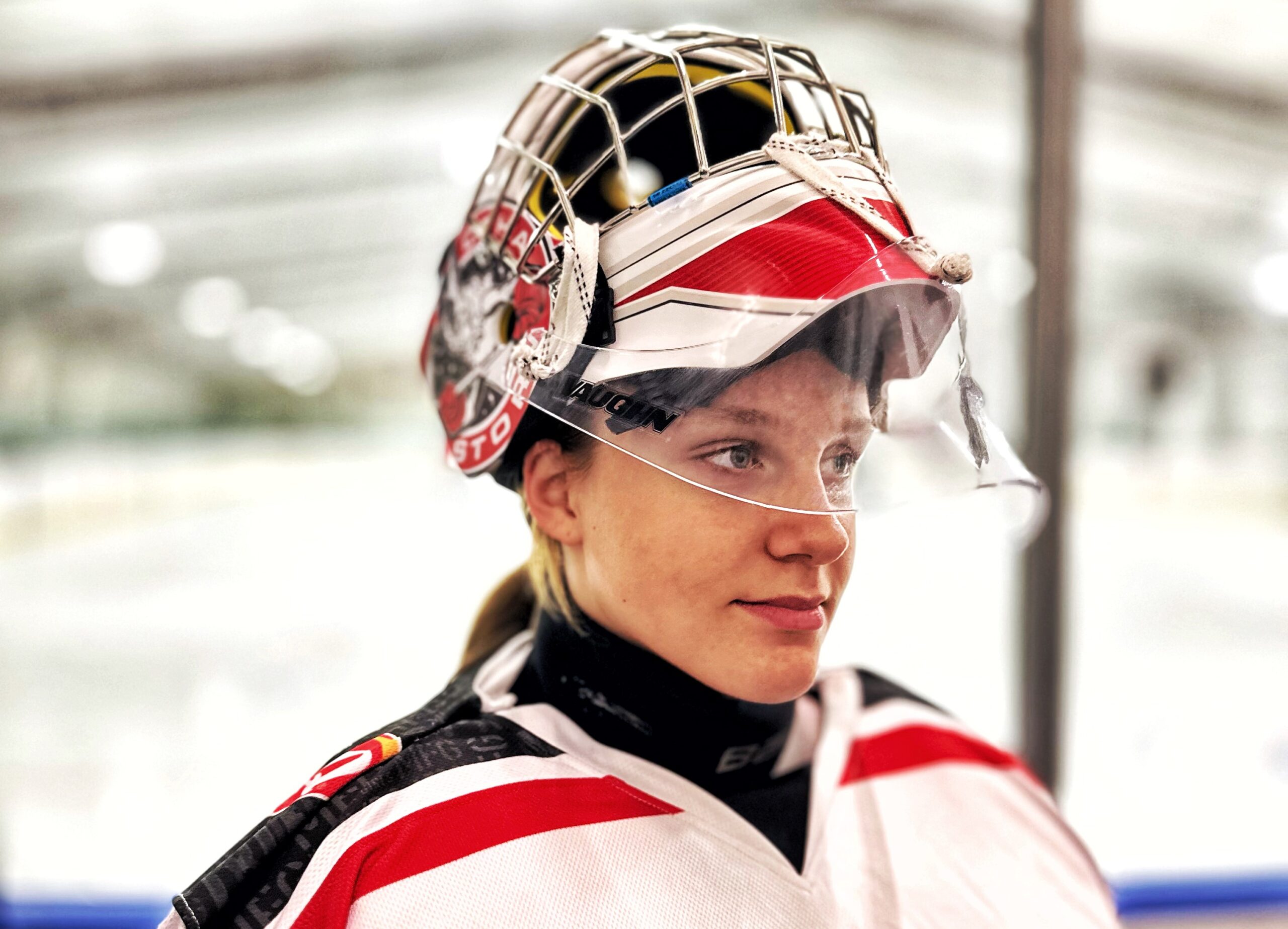

While there are many benefits of playing sport, the often overlooked fact is that you have to pay for them first. For many, the financing behind being on a sports team can be a hurdle that gets in the way of a child unlocking their true athletic potential.
Monica Bourque is a first-year kinesiology student at Simon Fraser University in Burnaby, B.C. who has played competitive softball since the age of 11. While the pitcher from Quispamsis, N.B. was originally hoping to attend a university in Maine or New Hampshire, she chose to stay in Canada due to the lack of scholarships for softball players in the United States.
“For NCAA scholarships, they are only offered for [Division I] and [Division II],” said Bourque. “So if you’re looking at a [Division III] school, you won’t get athletic scholarships.”
In her younger years, Bourque’s New Brunswick travel team would play in the Maritimes, including P.E.I. and Nova Scotia, traveling to Maine once she got older.
While some equipment such as bats could be slightly expensive, there would often be ‘team bats’ and Bourque said her equipment could last her years depending on how high-end she bought it.
“It can depend on how expensive you buy because obviously the more expensive, the better the material,” she said.
“For cleats, I’m a pitcher, so I go through them a lot,” said Bourque. “I’ve had to buy three pairs before in a season.”
Due to the variety of levels including non-travel teams and opportunities to share or rent gear, Bourque believes it is a relatively financially accessible sport.
“You could get a glove and a helmet and cleats … that’s basically it,” she said.
“Those aren’t too expensive, really.”
Reid MacKay is a linebacker who made the jump from the Fredericton High School football team to the Mount Allison Mounties.
When he was younger, MacKay said there were opportunities to rent gear for $20 at the start of the season, then return it at the end.
“The only thing you would have to buy on your own would be cleats,” he said. “If you wanted to wear gloves or other kind of style stuff, you would have to buy that, too.”
The third-year sociology major has been playing since elementary school and also played hockey growing up. In his experience, football has been much cheaper than hockey.
“You could be spending $300, $400 on a stick … A pair of skates would cost you more than playing football would in total.”
While financial reasons weren’t behind his decision to play football over hockey, it is definitely a more accessible sport, said MacKay. For him, the largest equipment expense is his cleats.
“My parents always make fun of me because they’re a pretty fancy pair of cleats, but … I think I got them for $200, so it’s not bad at all.”
He’s found that there is a very diverse group of players from different backgrounds who play on his team at Mount Allison.
“People come from any kind of backgrounds because it’s such an accessible sport,” said MacKay.
“We have guys on my team from Scarborough, Ontario and then guys who grew up in New Brunswick … there’s people from all over different social classes.”
In contrast to football and softball, Robb Clarke has first-hand knowledge that hockey can at times be a difficult sport to finance. His daughter, Emma, is currently playing hockey for the U13 AA Storm in Fredericton.
Her teams have done many fundraisers, including bottle drives, raffle baskets and Christmas card sales, to offset prices. Tournaments can range from $1,000 to $1,700 a team, said Clarke.
“That’s just the registration, that’s not travel or hotels or anything like that.”
The kicker is the price of the ice times, said Clarke.
“Ice time is a couple hundred an hour and tournaments need to pay for that ice when they have hundreds of hours of ice that weekend.”
His daughter started playing ringette around the age of seven and picked the most expensive position: goalie. They first started by borrowing gear through the ringette association, then started buying her own once she truly dedicated herself to the position.
“Where she’s a preteen and is growing, replacing equipment is a bit more frequent,” said Clarke.
He said a brand new set of goalie pads can cost $1,500 and that if you were to look for a pro set, they could easily cost $6,000 to $7,000. To keep the sport affordable, they often buy used pads in good condition from older goalies once Emma grows out of hers.
With Emma being their first daughter, Clarke and his wife said a few of the fees in her first years of competitive sport “caught [them] off guard.”

He said they would see older teams traveling a lot, but it’s hard to realize if you aren’t experiencing it firsthand.
“You see them going away for tournaments … you really never sit down and do the math on it,” said Clarke. “Suddenly … you’re responsible for a pretty big team fee at the beginning of the year.”
His daughter is vying for a spot on a AAA team next year, which will double the team fee compared to this season. The two parents have found that the older she gets, the more expensive the fees.
While they’re still three or four years out from their youngest daughter playing sports, they have started thinking ahead with preparing for equipment and travel.
“It’s nice having the older sibling that has really shed light on how everything works,” said Clarke. “You hear it from friends and family but unless you’re doing it, you don’t totally get what every single cost is and the time commitment.”
Clarke said he has known families who have used programs such as Jumpstart, that have grants to make the sport more accessible for families. Those programs are “invaluable,” he said.
“Ultimately, team sports and sports in general are fantastic for kids and you shouldn’t have to choose between your kid playing and paying your power bill that month.”
